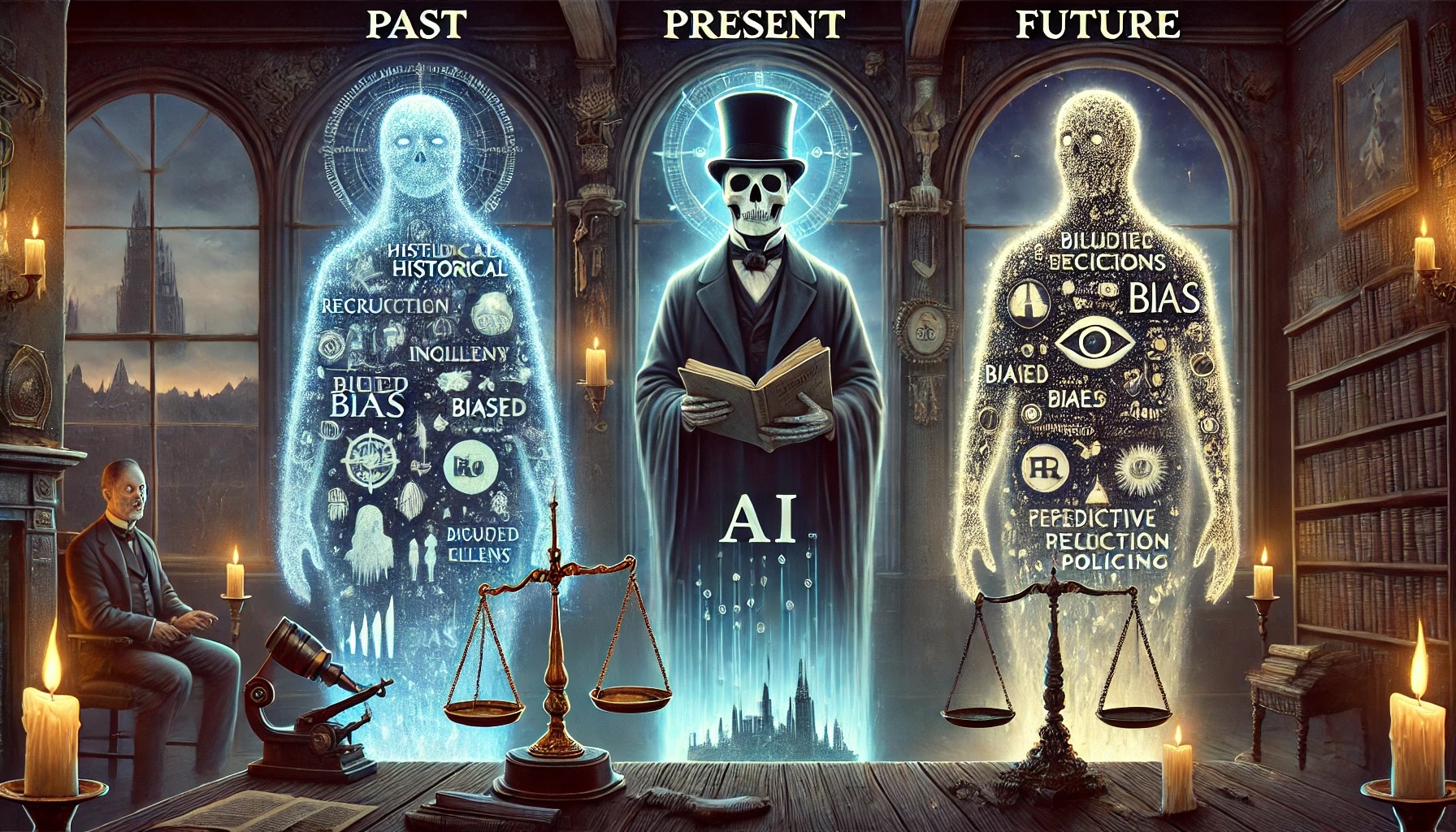
We’ve all been there. An argument at the Thanksgiving dinner table between family members. A blowout about politics, current affairs, the President’s performance, schools, kids these days. It’s as American as apple pie. But today, the divisiveness feels more pervasive than ever. COVID, climate change, voting processes, law enforcement, the economy, international engagement, abortion, social justice, the CDC, even Dr. Seuss. These days, a conversation around any political topic can be a wrecking-ball of relationship-ending opinions held by people we care about, work with or interact within the community.
The increased division we are experiencing isn’t the result of being more opinionated than previous generations. Instead, it’s the result of our opinions being amplified through social media, fueling the divide and driving the wedge deeper: Us vs. them. The uninformed. The ill equipt. The idiots. It can feel good to dismiss someone who dares stand on the other side of our opinion. But the truth is, “othering” those who share a different opinion stifles growth, empathy, connection, and change.
One of the most politically charged topics of the last year has been vaccines and mask mandates. These topics converge at the intersection of private choice and public safety. If you’re on one side of this argument, you’re “brainwashed!” If you’re on the other, you’re “brainless!”
Once a persons underlying biases and beliefs are activated, it can feel impossible to have a thoughtful conversation with someone on the other side.
A study by the Pew Research Center illustrated the intensifying divide amongst Americans. According to the study, 80% of registered voters said their differences with the other side were about core American values. Nearly 90% worried that a victory by the other would lead to ‘lasting harm’ to the United States.” The pandemic only exacerbated this division. Knowing this, it seems natural for organizational leaders to avoid discussing social and political hot topics in the workplace. But some topics can’t be ignored. More importantly, some topics, when successfully framed, can serve to bring people together.
As leaders, if we fail to foster an environment that embraces diverse viewpoints, are we fostering a truly diverse and inclusive workplace? Engaging with people who share different views allows us to question, learn, and challenge others and ourselves. It’s an opportunity to grow intellectually and emotionally. As a leader, learning how to navigate your teams through these conversations is critical. As a business, it can help you thrive.
“If everyone is thinking alike, someone isn’t thinking.” – George Patton
Some of the greatest leaders in history surrounded themselves with advisors who disagreed with them. Abraham Lincoln, most famously, built a Cabinet made of his rivals. Bringing them together, building relationships, and mobilizing their talents is what allowed Lincoln to win the war and preserve the union. Today’s leaders need to remember this.
Too often, we succumb to the mental path of least resistance (availability bias) and start politically heated conversations with irrational, unsympathetic, maybe even evil characterizations of the other. When we have a strongly held belief, we avoid or dismiss anyone who disagrees.
Engaging with people who disagree with our viewpoints isn’t something to dread or avoid; it is something to embrace. Yes, it can feel intimidating. But when done with intention, it yields powerful, positive results. Working through (not around) polarizing conversations results in a more inclusive work culture, deeper connections, stronger and more diverse teams, greater synergy, and better ideas.
Here are five fundamentals to take polarizing conversations from triggering to transformational
Remember, we are each shaped by our experiences
As discussed in Dimensions of Diversity, our beliefs come from our own unique experiences. This can include our upbringing, race, religion, economic status, education, work, family makeup, community, culture, language, and more. The many layers of a person form the lens from which they view the world. To have a productive conversation, you must first be willing to put yourself in the other person’s shoes. Before you journey down the road of disagreement, inquire about their life. Ask questions that help you understand their motives and desires. Recognize the many layers that guide their views.
Don’t Dominate. Facilitate.
Your job as a leader is not to avoid or stop politically divisive topics in the workplace. Nor is it to espouse your personal views, although there may be a time and place for this. As you lead your teams through tough conversations, your most important role is to create trust and foster an environment for everyone to share their views. This means you must often remain neutral, even when it’s hard. When you determine that it is important to let people know where you stand, use facts to explain your reasoning, avoid absolutes, and stay away from hyperbole. Making your stance known on vaccination, for example, might be necessary as a company leader. In this case, use science, data, and facts to back up your views. And create space for those who have concerns or worries.
Showing self-discipline, creating appropriate time and space, and focusing on facts are some of the most important steps you can take to lead your team through potentially triggering topics.
Sometimes, Being Kind is More Important Than Being Right
Zen Master and global spiritual leader on mindfulness, ethics, and peace, Thich Nhat Hanh, writes that “if you nourish your hatred and your anger, you burn yourself. Understanding is the only way out. If you understand, you will suffer less, and you will know how to get to the root of injustice.” When we enter a conversation with the intention of being right, we miss out on the opportunity in front of us to learn, connect, and grow. We can transform difficult conversations if we exercise compassion instead of anger.
A helpful mental strategy is to shift from “how can I end this conversation?” to “how can I set up our next conversation?” This leaves the conversational door open rather than closed.
Go Beyond “Fight or Flight” and Regain Control of Your Body
Our ancestors had danger all around them. As a result, our bodies developed a stress response to help us survive. “The fight or flight response, or stress response, is triggered by a release of hormones either prompting us to stay and fight or run away and flee,” explains psychologist Carolyn Fisher, Ph.D. “During the response, all bodily systems are working to keep us alive in what we’ve perceived as a dangerous situation.”
Studies show that divisive conversations put our bodies into fight or flight mode. Or, more specifically, into “fight, flight, freeze, or fawn” mode. When someone challenges our political views, our brain lights up in regions associated with a threat to our life. Adrenaline shoots through our bloodstream and diverts blood away from our brain, preparing our body to protect itself. If we don’t recognize and take steps to control the physical response, we become reactionary, impulsive, or shut down. Our personal beliefs are so tied to our identity that our brain perceives a different opinion as a direct threat to our safety. That is why, during a heated debate with someone about politics, you experience heart rate and blood pressure increases, a feeling of being on edge, tension, trembling, and more.
If we can help our body recognize divisive conversations as non-life-threatening, we can control our reactions, decrease our stress levels, and pursue a healthier and more balanced response. When you feel yourself starting to get worked up in a heated conversation, pause to identify the feeling and come back into your body. Breathe deeply. Rub your forefinger and thumb together. Feel your feet on the ground. Acknowledge the rising feeling of stress and remind yourself that your life is not in danger.
Set Ground Rules that Build Trust
In Mending Our Union: Healing our Communities through Courageous Conversations, author J. Christopher Collins, founder of the Different Together Project, discusses how their leaders built pauses into difficult conversations. “We give each person a maximum of two minutes uninterrupted time to speak. When those two minutes are up, everyone in the group pauses for 60 seconds to take notes or to meditate about what they just heard. Turning a tense conversation into a potentially productive one is dependent on how we listen and understand. Even when we feel like giving up, we can keep the conversation alive by just pausing…Before we disagree, we can increase our chances of success by establishing an environment that builds trust.”
By setting ground rules which facilitate listening, trust, and respect for one another, we foster an environment that allows people to share their views while holding space for those who see things differently. To quote Maya Angelou, “people will forget what you said, people will forget what you did, but people will never forget how you made them feel.”
The divide amongst Americans is as pervasive as ever. As individuals and people leaders, we have cause for concern. But with great challenges come great opportunities. If you are willing to lead with courage, foster a safe space for diverse and differing opinions, facilitate through difficult conversations, and lead with empathy, you will create an environment where team members from all walks of life and with differing viewpoints can connect, engage, grow and contribute in profound ways. In this way, you’ll take difficult conversations from triggering to transformational, with a lasting positive impact on your teams, your business, your community, and your life.

Percipio Company is led by Matthew Cahill. His deep expertise in cognitive, social, and workplace biases is rooted in the belief that if you have a brain, you have bias®. He works with executives to reduce mental mistakes, strengthen workplace relationships & disrupt existing bias within current HR processes, meeting protocols and corporate policies. Matthew has demonstrated success with large clients like LinkedIn, Salesforce and dozens of small to mid-size companies looking to create more inclusive workplaces, work smarter, generate more revenue and move from bias to belonging®.





